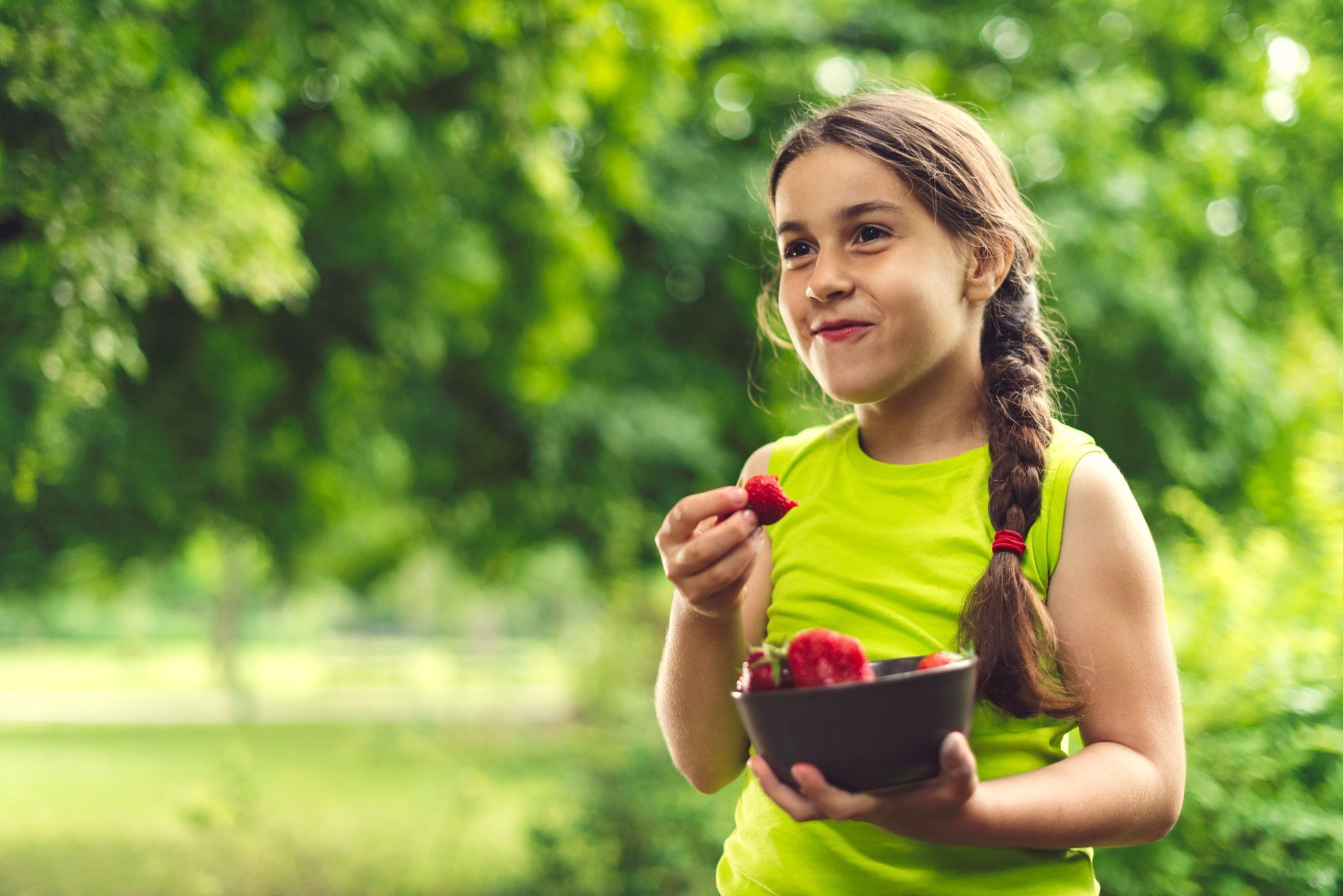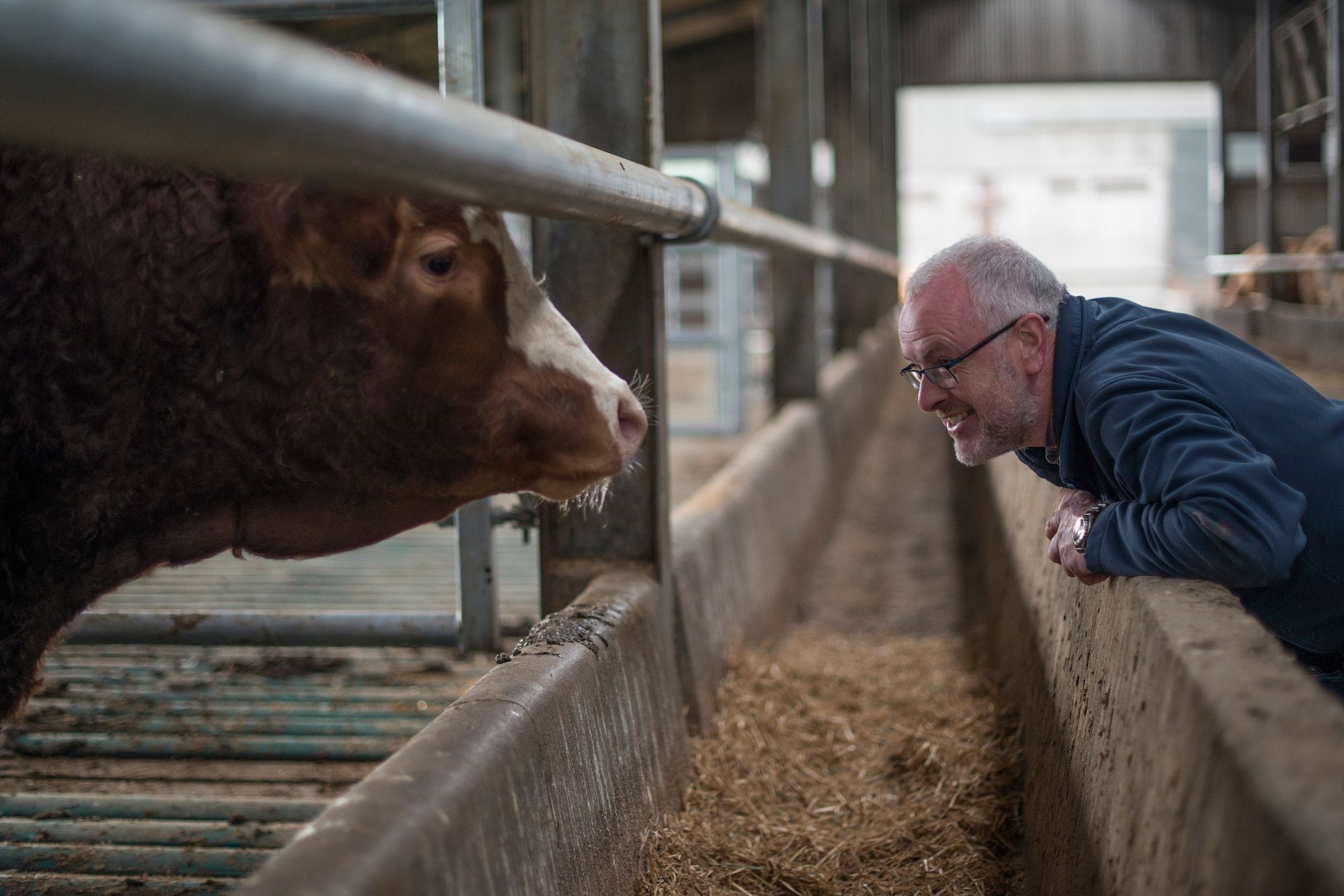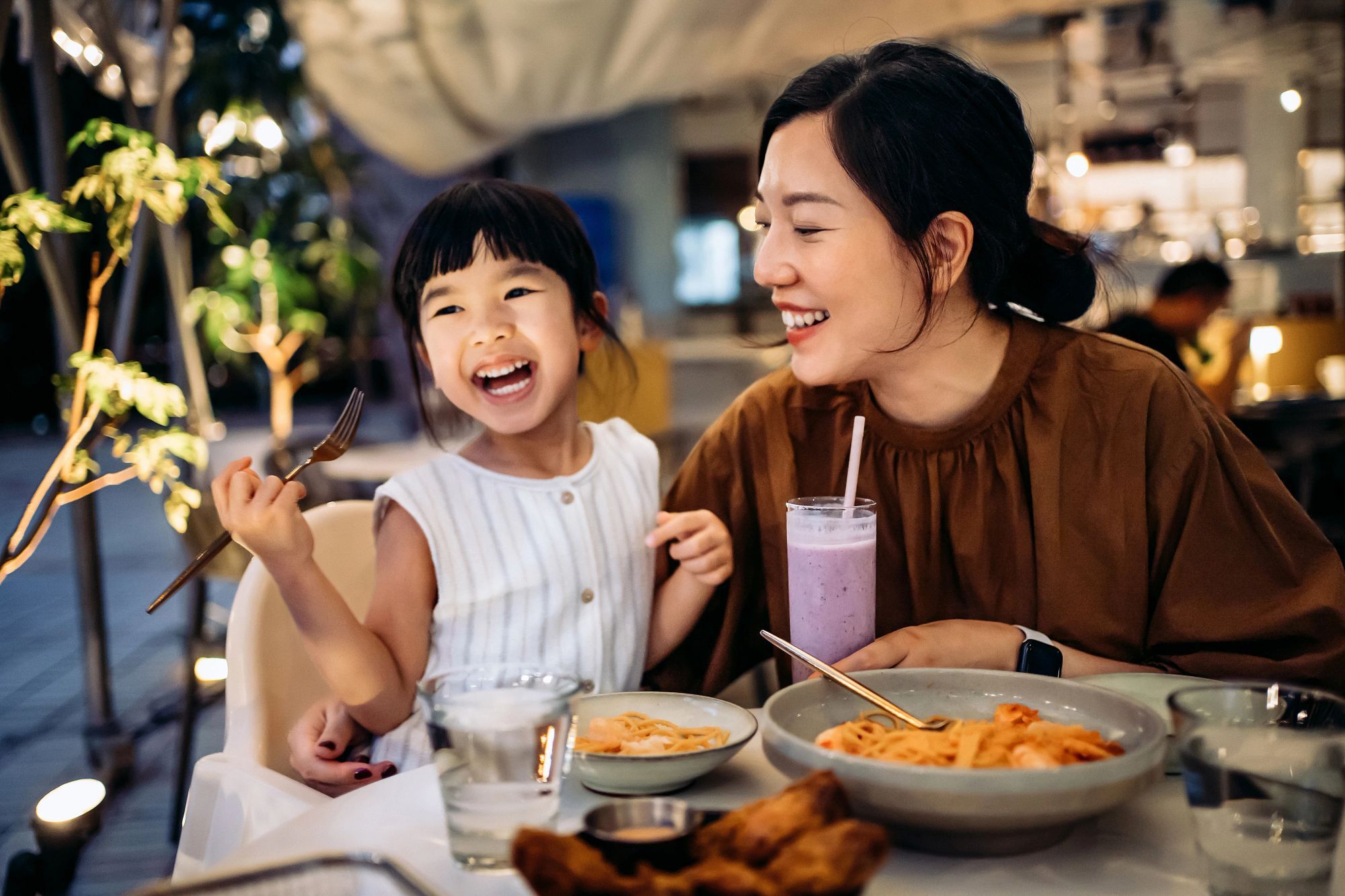Good to Go: Safely Savor Leftovers From Your Holiday Table
The ultimate guide to storing your holiday leftovers safely. Cook and savor your holiday meals with these food storage tips from NSF experts.
‘Tis the time of year to gather with friends and relatives around the table for a festive feast.
This season, send your guests home (and freeze fixin’s for your family) with these seven tips to choose the best containers that will keep foods fresh and ready-to-eat.
One and Done
It’s easy and tempting, but don’t re-use the food’s original container for leftovers. Most aren’t made for multiple uses. Throw it out or recycle it, and put the leftovers in a storage container instead.Get Fresh
The best way to preserve the foods you love is to use NSF-certified food storage containers. NSF experts test these containers to be easily cleanable. The lids are tight enough to keep air (and bacteria growth) out or let steam vent when the food is hot. They are also made from food-safe materials. Look for the NSF mark on product packaging when you are shopping.Rubber Meets the Road.
A 2013 germ study conducted by NSF found that many kitchen items harbor germs if not cleaned properly, including food storage containers with rubber seals. These seals were the eighth germiest place in the kitchen and ripe for Salmonella, yeast and mold. When you’re cleaning your containers, make sure to remove the rubber seals.Suds Up
If the container is dishwasher safe, remove the rubber seal and place the container, seal and lid in the dishwasher after each use. If you are hand washing, wash the seal, lid and container in hot, soapy water. Pay extra attention to the area where the seal fits into the top and the grooves where the cover attaches to the container.Trot the Turkey. Fast.
Leftovers that need to be cold should be stored in the refrigerator within two hours to avoid a germ breeding ground. It’s not necessary or safer to cool them to room temp before you refrigerate or freeze.Smaller is Better
Separate large quantities of food into smaller containers to help speed up cooling. Vent lids slightly when placing containers in the fridge.Serving it Up
Not all food storage containers are safe for reheating foods. Check the usage instructions on the bottom of the container, visit the manufacturer’s website or consult the retailer for details. Use your thermometer and reheat leftovers to at least 165° F (73° C) before eating.
Sign Up for Tips for Better Living
Stay up to date with what matters most to you and your family.
Related Posts

Culinary Safety for a Crowd: How to Cool and Reheat Holiday Foods Safely
Taking these 7 simple steps to store, cool and reheat your leftovers can help prevent foodborne illness.
Read More
The 9 Biggest Turkey Cooking Mistakes and How to Avoid Them
It’s time to talk turkey. Our experts share the biggest mistakes that can happen, along with recommendations for serving up a delicious and safe holiday meal.
Read More
From the Experts: Top 7 Kitchen Tips for the Holidays
Love to cook? Maintaining a clean and food-safe kitchen will help keep foodborne illnesses away.
Read More
Foodstuffs: How To Store and Heat Leftovers Safely
Do you know the secret ingredient to avoiding bacteria and foodborne illness in leftovers? Our experts offer tips for how to store and reheat leftovers safely.
Read MoreHow NSF Can Help You
Get in touch to find out how we can help you and your business thrive.

What’s New with NSF

Michigan’s “Filter First” Law: A Guide for Schools and Childcare Centers
April 23, 2024To ensure quality, Michigan's K-12 schools and childcare centers must guarantee the installation of certified drinking water filters.
Read the Story

Healthy People Living on a Healthy Planet: The Future We’re Working For
April 4, 2024On April 7, NSF honors World Health Day as a celebration that lies at the heart of our public health mission and honors our status as a World Health Organization Collaborating Centre.
Read the Story

American Meat and Egg Distributors Now California-Ready with NSF’s Prop 12 Certification
April 3, 2024A trusted name in the industry, NSF’s services will enable distributors in meeting regulatory requirements and consumer demands for quality meat and eggs.
Read the Story

2024 GFSI Conference - Meeting the Needs of our Evolving World
March 20, 2024NSF is proud to announce our sponsorship of the GFSI Conference, an annual event dedicated to advancing food safety and consumer trust.
Read the Story